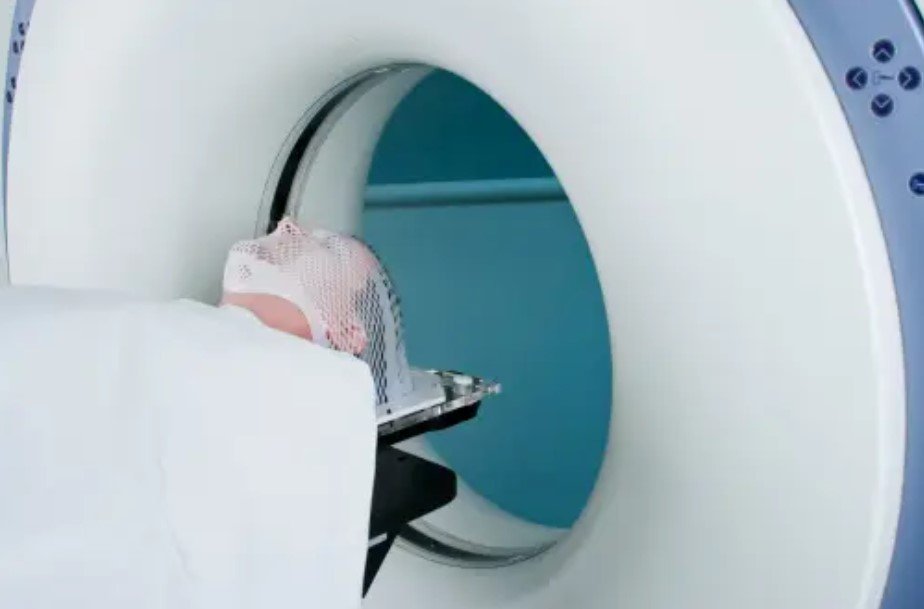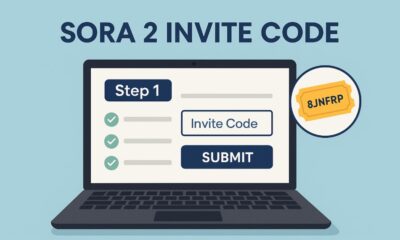Health
How Technology is Helping the Treatment of Brain Injuries

Brain injuries affect thousands of people every year, with some having life-long consequences. It is estimated that around a million people are living with a traumatic brain injury (TBI) in the UK and that there is someone admitted to hospital with a brain injury every 90 seconds.
Advancements in technology are aiding medical professionals across the healthcare sector. Brains and heads have always been considered challenging to operate on and treat, so technology has made leaps forward in helping patients with brain injuries. Imaging solutions and PACS platforms like Studycast are playing a vital role in supporting clinicians by enabling faster access, secure sharing, and clearer visualization of CT and MRI results. This allows for quicker diagnoses and more effective treatment planning, which is especially critical in time-sensitive cases such as traumatic brain injuries.
What are brain injuries?
There are two main categories when it comes to brain injuries. Acquired brain injuries (ABIs) are injuries that have been sustained since birth. Common causes are falls, tumours or strokes.
Traumatic brain injuries are sustained when there has been a blow or force to the head causing harm. Many situations can cause a TBI such as a road traffic accident, falls or an accident at home.
Brain injuries of any type can have lasting effects, with severe cases needing 24-hour support. Even relatively minor bumps to the head can lead to dizziness, headaches or vomiting which is usually diagnosed as concussion.
Current treatments for brain injuries
The first port of call for any suspected brain injury is a CT scan. This is to get a look at the brain and look for evidence of haematomas, haemorrhages or swelling. It is a quick way to start the treatment process by identifying potentially life-threatening injuries.
Mild injuries such as concussions will not usually require treatment, and sufferers can recover at home whilst following the doctor’s advice. It is normal for people to return to their normal routines slowly after a few days of rest.
If the injury is more severe, then there will likely be a combination of different medications that are utilised. Seizures are a risk for many brain injuries, especially in the first week so anti-seizure medication is common.
Patients may be put into a coma as well, as a comatose brain uses less oxygen to function which is helpful when there is pressure in the brain preventing blood from properly flowing around.
These treatments can lead to expensive and life-altering rehabilitation. If you do suffer from a brain injury, make sure you contact a firm of trusted brain injury solicitors to support you through a compensation claim.
Future innovation for brain injuries
Research conducted in 2022 looked at what happens to an injured brain at a cellular level. Using brain biopsy samples, researchers were able to identify previously unknown cellular and biomolecular changes.
Once these changes had been discovered, scientists were able to create a grading system that allows brain injuries to be graded according to severity. This innovation, once integrated into mainstream healthcare, will allow doctors to prioritise the most serious cases appropriately when they present in the hospital.
-

 Tech2 months ago
Tech2 months agoSora 2 Invite Code: How to Get One (Step-by-Step Guide)
-

 Social Media2 months ago
Social Media2 months agoWhat the “67” TikTok Meme Really Means
-

 Business2 months ago
Business2 months agoDubai Freezone Company Formation: From Name Reservation to Bank Account
-

 Tech2 months ago
Tech2 months agoWhat To Do When Your Business Faces Network Vulnerabilities






